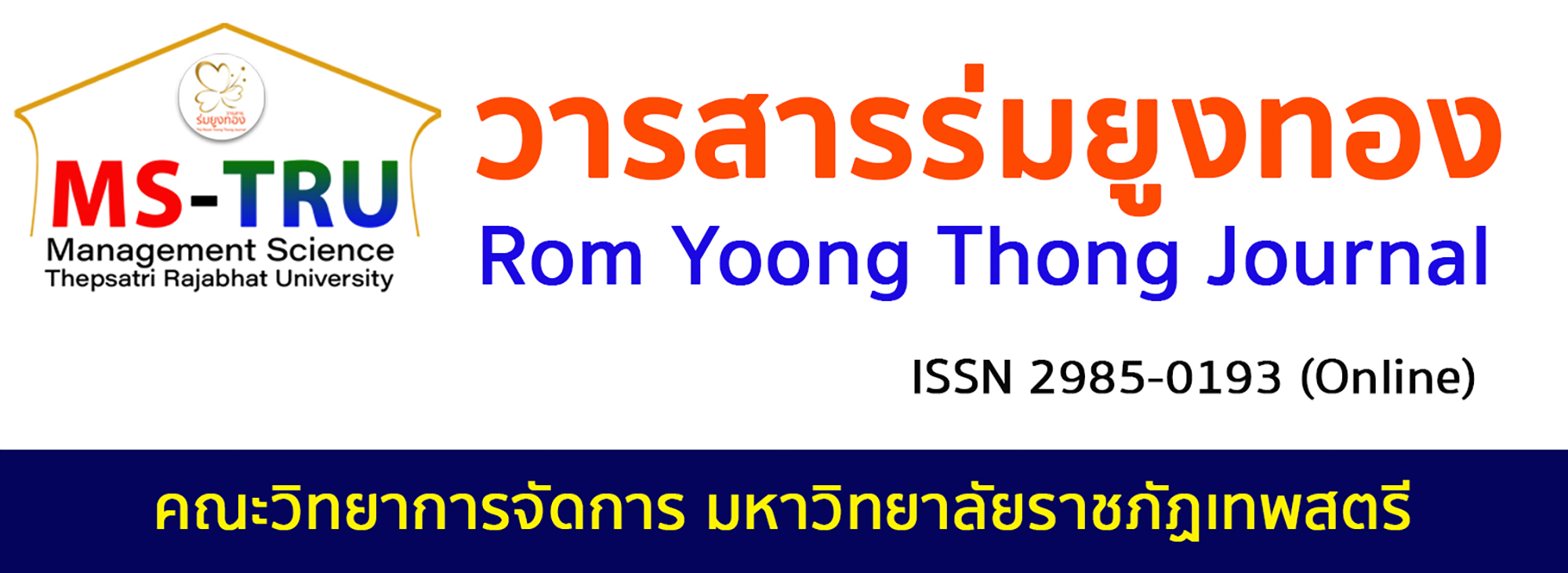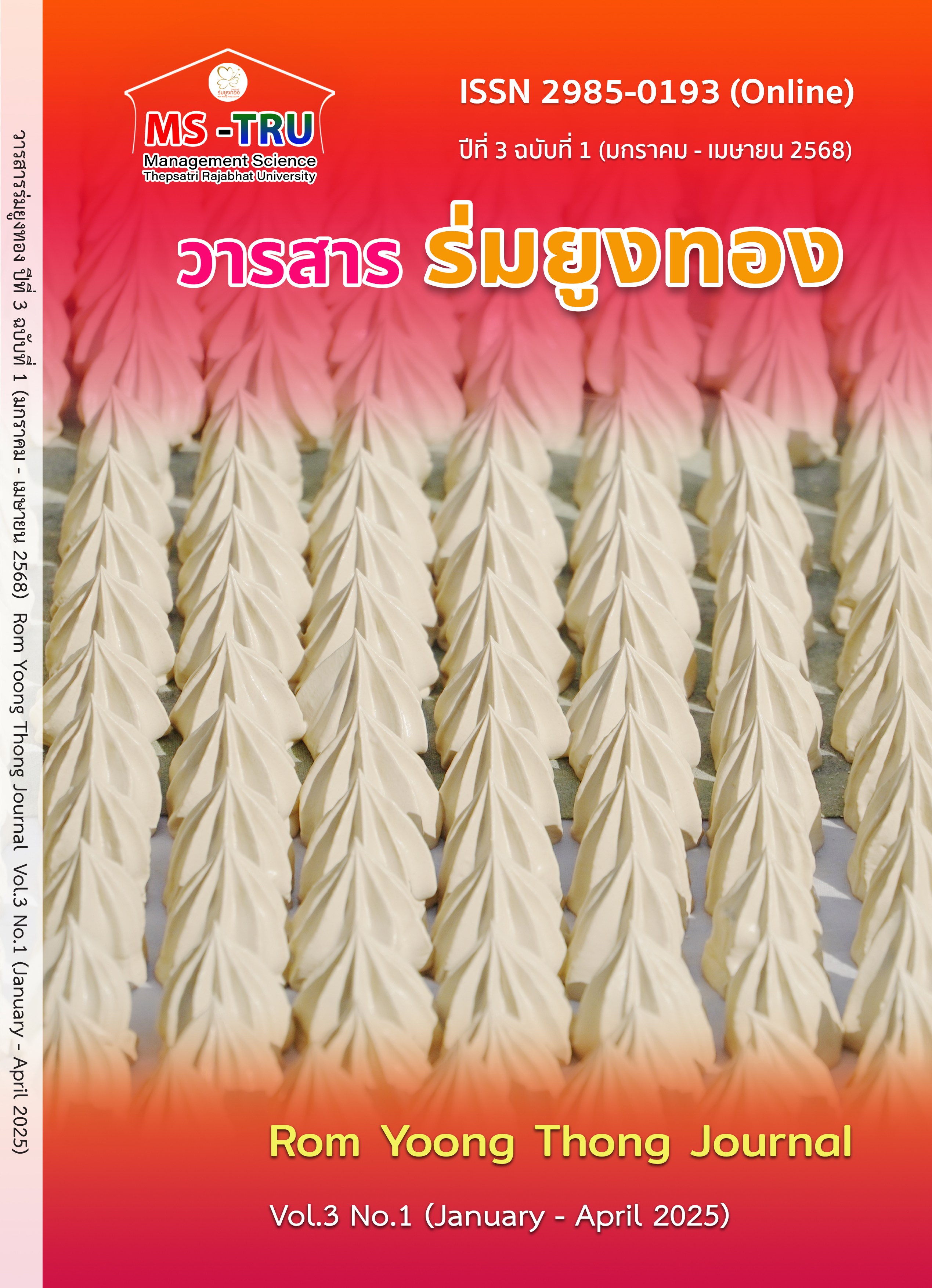การรับรู้และความคิดเห็นของเยาวชนไทยต่อสัญลักษณ์ น 18 ในรายการโทรทัศน์
คำสำคัญ:
สัญลักษณ์ น 18, การรับรู้, พฤติกรรมการรับชม, การรู้เท่าทันสื่อ, สื่อโทรทัศน์บทคัดย่อ
การวิจัยนี้ศึกษาการรับรู้ ความคิดเห็น และพฤติกรรมของเยาวชนไทยต่อสัญลักษณ์ น 18 ในรายการโทรทัศน์ รวมทั้งประเมินประสิทธิภาพของสัญลักษณ์ น 18 ใช้วิธีวิจัยแบบผสมผสาน เก็บข้อมูลเชิงปริมาณด้วยการสุ่มตัวอย่างแบบตามสะดวกจากผู้ตอบแบบสอบถาม 217 คน และข้อมูลเชิงคุณภาพจากการสัมภาษณ์เชิงลึกกับนักศึกษา 4 คนโดยวิธีเลือกแบบเจาะจง
ผลการวิจัยพบว่า เยาวชนไทยร้อยละ 99.1 ระบุความหมายของสัญลักษณ์ได้ถูกต้อง พบเห็นมากที่สุดในภาพยนตร์ (ร้อยละ 61.8) เนื้อหารุนแรง (ร้อยละ 59.9) และรายการที่มีคำหยาบ (ร้อยละ 58.5) ที่น่าสนใจคือร้อยละ 96.3 เคยรับชมรายการที่มีสัญลักษณ์นี้ตอนอายุยังไม่ถึงเกณฑ์ และร้อยละ 91.7 ยังคงรับชมต่อเมื่อพบสัญลักษณ์ โดยร้อยละ 46.5 ให้เหตุผลว่าเป็นผู้ใหญ่แล้ว ทั้งนี้ ร้อยละ 78.8 เห็นว่าสัญลักษณ์มีความจำเป็นระดับปานกลางถึงมากที่สุด และร้อยละ 52.5 เชื่อว่าช่วยสร้างความตระหนักรู้ งานวิจัยนี้เสนอให้เพิ่มคำเตือนเฉพาะประเภทเนื้อหา พัฒนานโยบายให้สอดคล้องกับพฤติกรรมการใช้สื่อดิจิทัล และบูรณาการแนวคิดการรู้เท่าทันสื่อร่วมกับระบบการจัดเรตติ้ง
เอกสารอ้างอิง
กองทุนพัฒนาสื่อปลอดภัยและสร้างสรรค์. (2567). การจัดเรตติ้งรายการ: ตัวกรองเนื้อหาสื่อโทรทัศน์สำหรับ
เด็ก. สืบค้นจาก https://www.thaimediafund.or.th/article-29042567/
นิษฐา หรุ่นเกษม. (2566). คู่มือหลักสูตรการพัฒนาการส่งเสริมความเข้มแข็งเครือข่ายผู้บริโภคสื่อ (กลุ่มความ
หลากหลายทางเพศและความหลากหลายทางสังคม): MODULE 2: รู้จักสิทธิของผู้บริโภคสื่อ. [คู่มือ].
สำนักงาน กสทช.
Bandura, A. (1986). Social foundations of thought and action: A social cognitive theory.
Prentice Hall.
Bandura, A. (1997). Self-efficacy: The exercise of control. W.H. Freeman.
Bandura, A. (2001). Social cognitive theory of mass communication. Media Psychology, 3(3),
–299.
Gerbner, G., Gross, L., Morgan, M., & Signorielli, N. (1986). Living with television: The dynamics
of the cultivation process. In J. Bryant & D. Zillmann (Eds.), Perspectives on media
effects (pp. 17–40). Lawrence Erlbaum Associates.
Hirsch, P. M. (1980). The “scary world” of the nonviewer and other anomalies: A reanalysis of
Gerbner et al.'s findings on cultivation analysis, part I. Communication Research, 7(4),
-456.
Krafft, H., Boehm, K., Schwarz, S., Eichinger, M., Büssing, A., & Martin, D. (2021). Media Awareness
and Screen Time Reduction in Children, Youth or Families: A Systematic Literature
Review. Child Psychiatry & Human Development, 54, 815–825.
LaRose, R., & Eastin, M. S. (2004). A social cognitive theory of Internet uses and gratifications:
Toward a new model of media attendance. Journal of Broadcasting & Electronic
Media, 48(3), 358-377.
Livingstone, S. (2004). Media literacy and the challenge of new information and communication
technologies. The Communication Review, 7(1), 3–14.
Martins, N., Matthews, N. L., & Ratan, R. A. (2019). Playing by the rules: Parental mediation of
video game play. Journal of Family Issues, 40(8), 1120-1145.
McQuail, D. (2010). McQuail's mass communication theory (6th ed.). SAGE Publications.
Morgan, M., & Shanahan, J. (2010). The state of cultivation. Journal of Broadcasting & Electronic
Media, 54(2), 337–355.
Morgan, M., & Shanahan, J. (2017). Television and the cultivation of authoritarianism: A return
visit from an unexpected friend. Journal of Communication, 67(3), 424-444.
Morgan, M., Shanahan, J., & Signorielli, N. (2015). Yesterday's new cultivation, tomorrow. Mass
Communication and Society, 18(5), 674-699.
https://doi.org/10.1080/15205436.2015.1072725
Pajares, F., Prestin, A., Chen, J., & Nabi, R. L. (2009). Social cognitive theory and media effects.
In R. L. Nabi & M. B. Oliver (Eds.), The SAGE handbook of media processes and effects
(pp. 283-297). SAGE Publications.
Potter, W. J. (2014). A critical analysis of cultivation theory. Journal of Communication, 64(6),
-1036.
Shrum, L. J. (2017). Cultivation theory: Effects and underlying processes. In P. Rössler, C. A.
Hoffner, & L. van Zoonen (Eds.), The international encyclopedia of media effects (pp.
-12). Wiley-Blackwell.
ดาวน์โหลด
เผยแพร่แล้ว
รูปแบบการอ้างอิง
ฉบับ
ประเภทบทความ
สัญญาอนุญาต
ลิขสิทธิ์ (c) 2025 คณะวิทยาการจัดการ มหาวิทยาลัยราชภัฏเทพสตรี

อนุญาตภายใต้เงื่อนไข Creative Commons Attribution-NonCommercial-NoDerivatives 4.0 International License.





